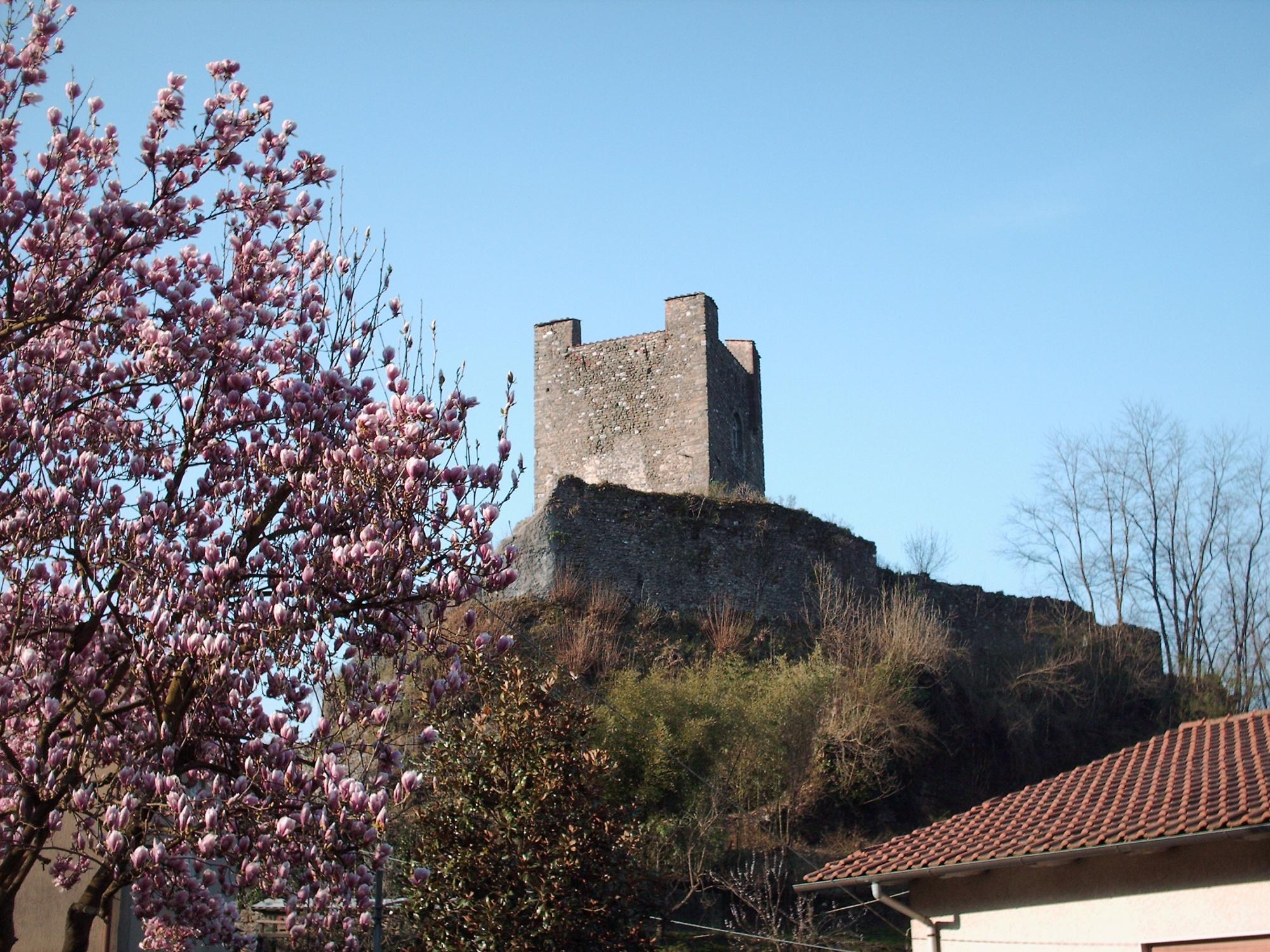
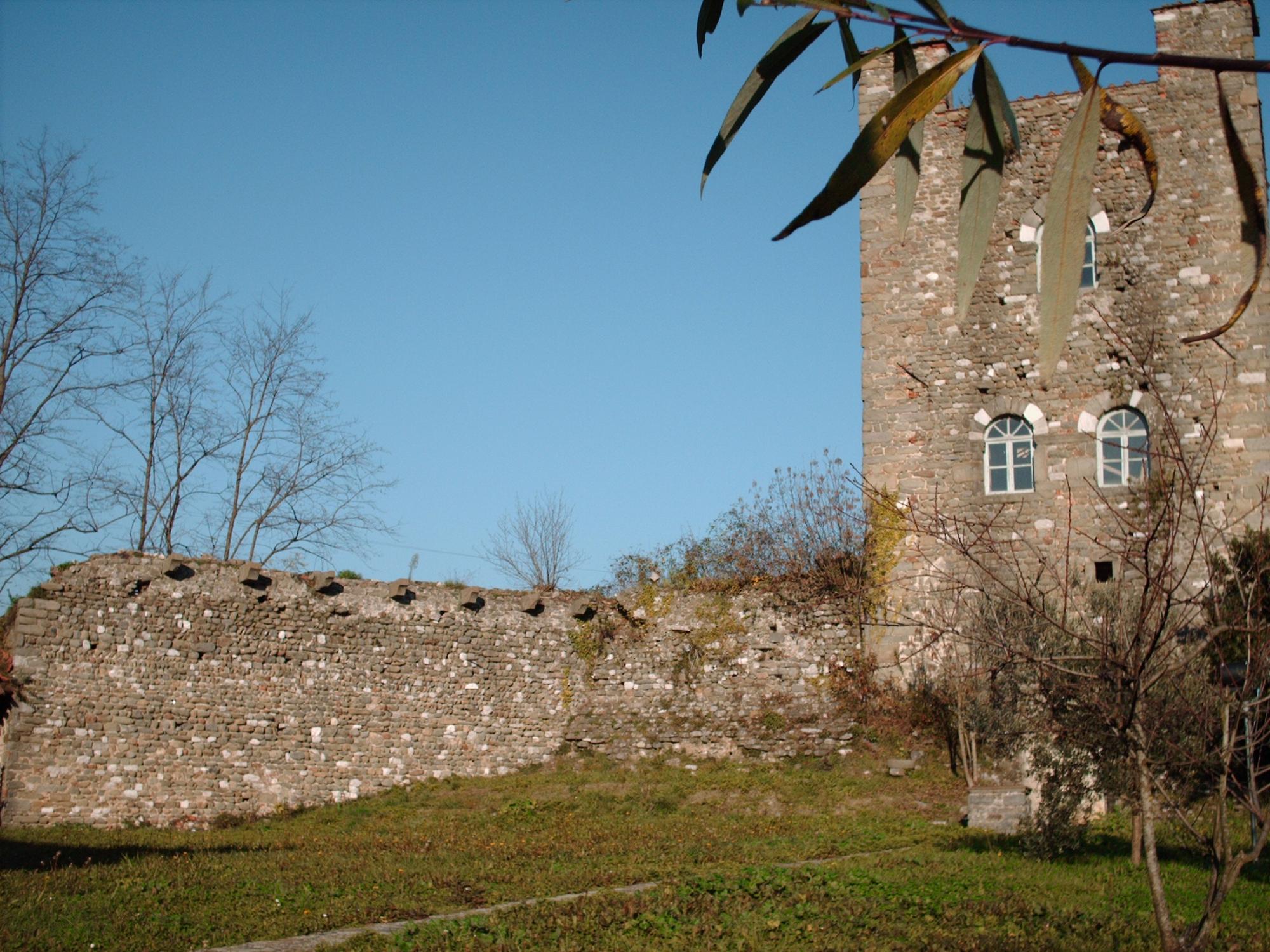
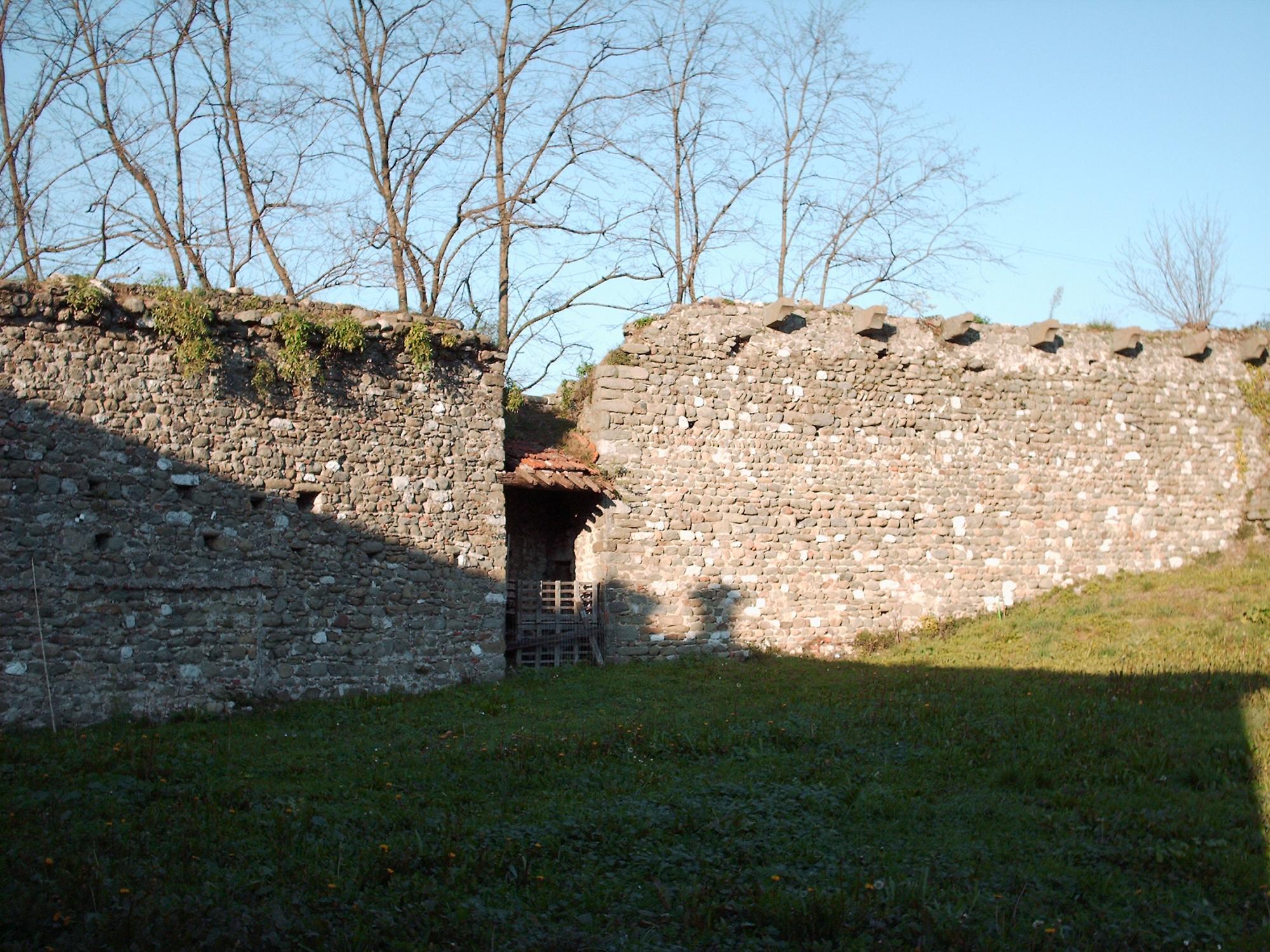
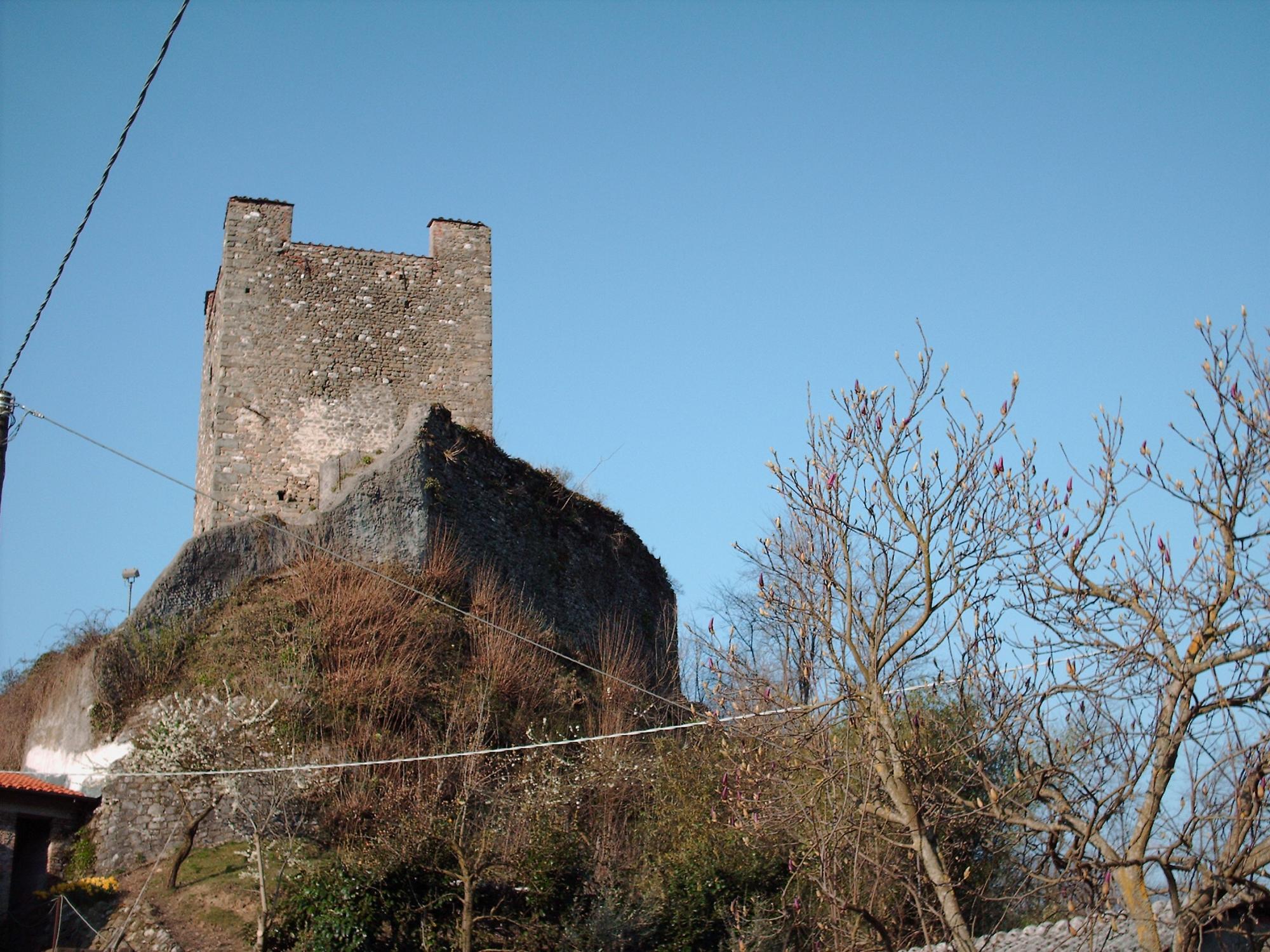
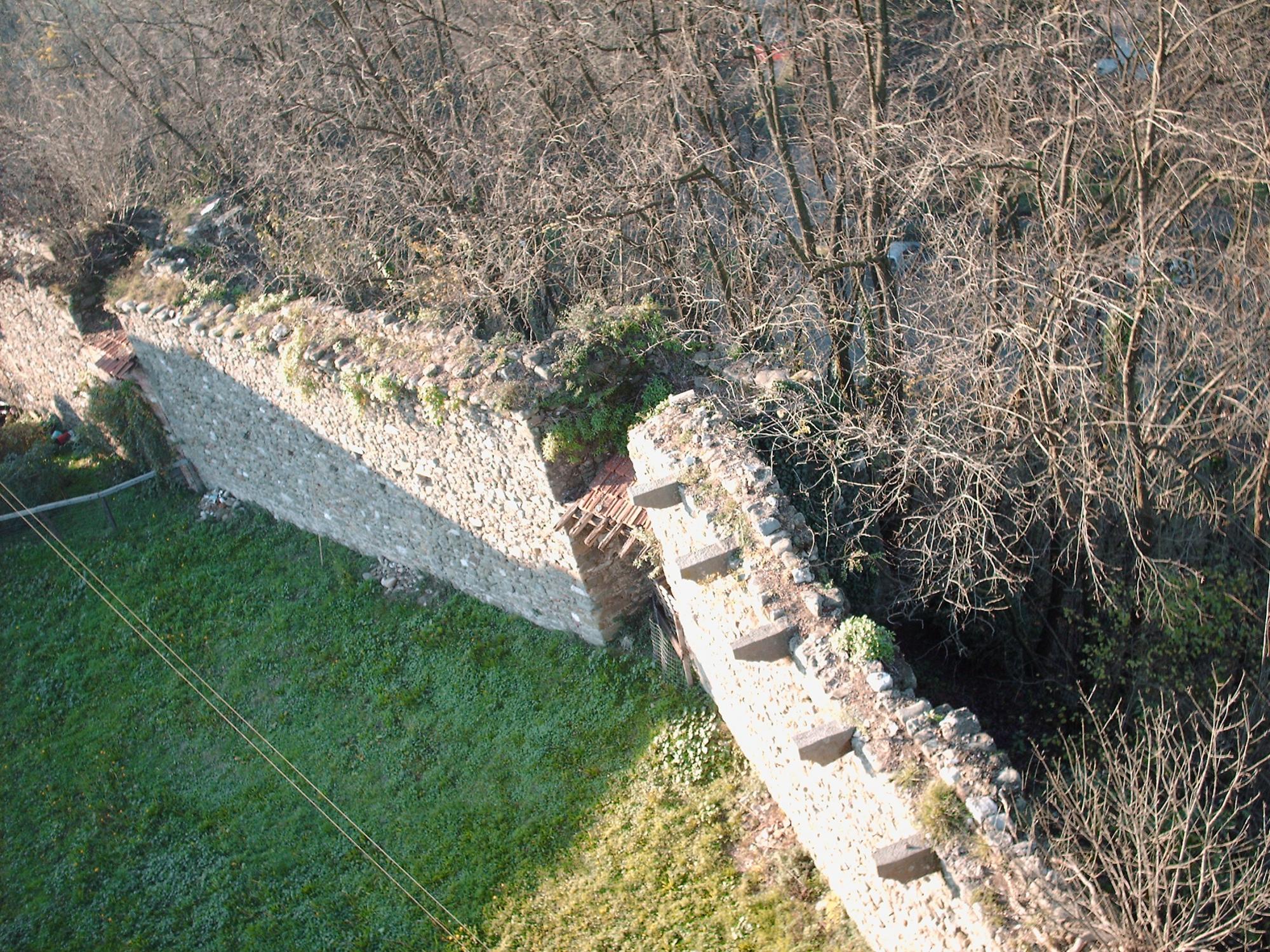
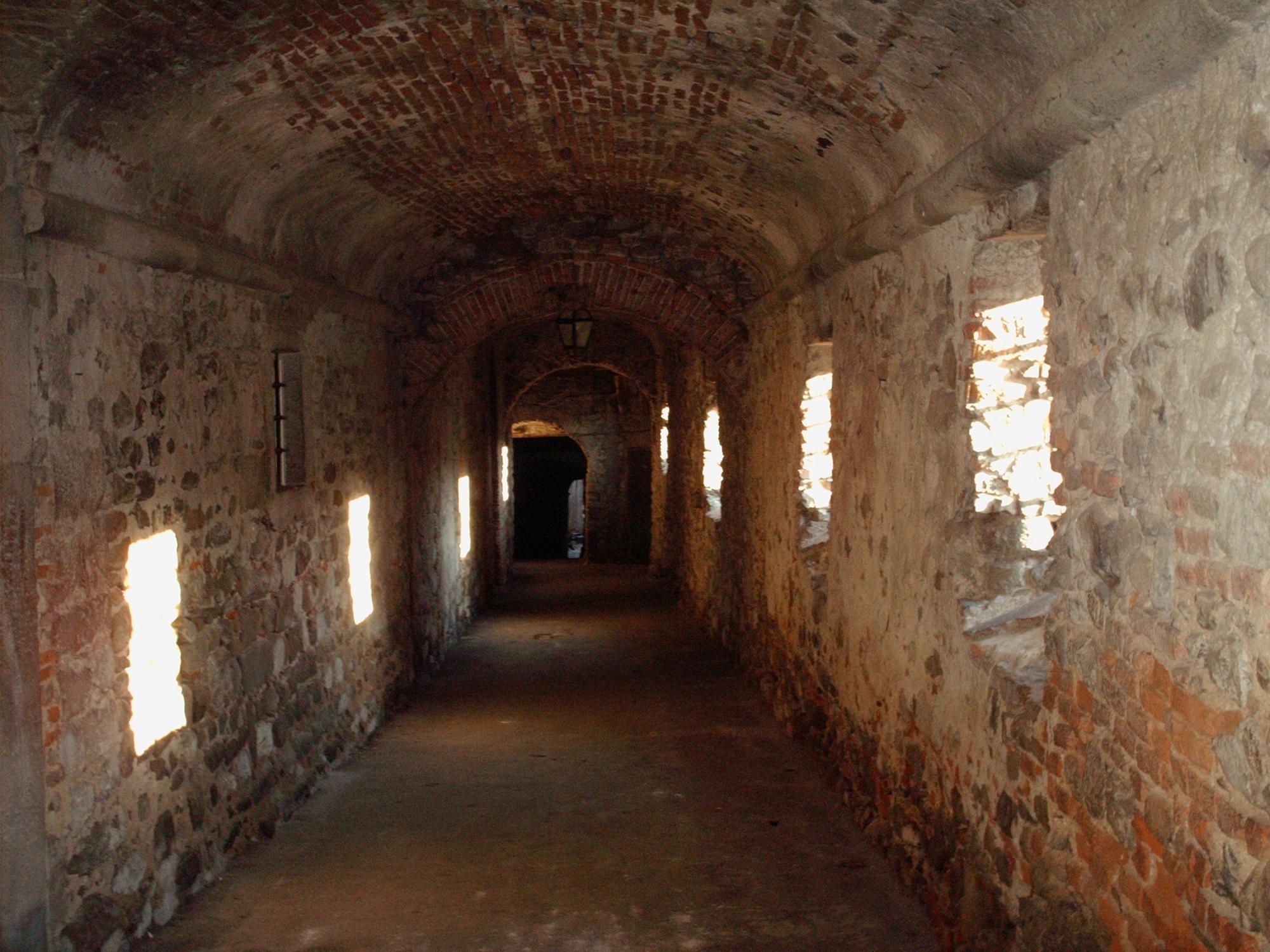
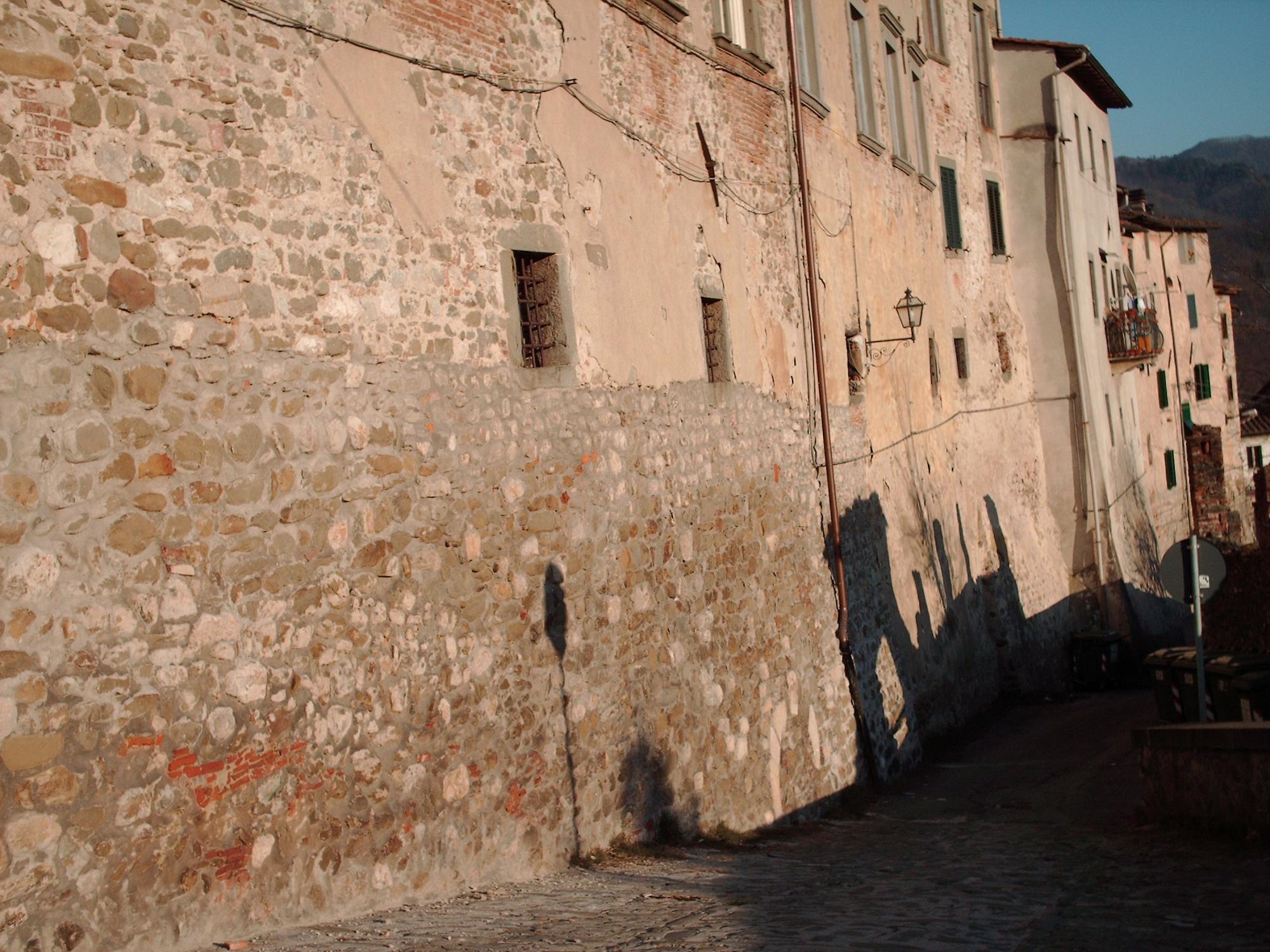
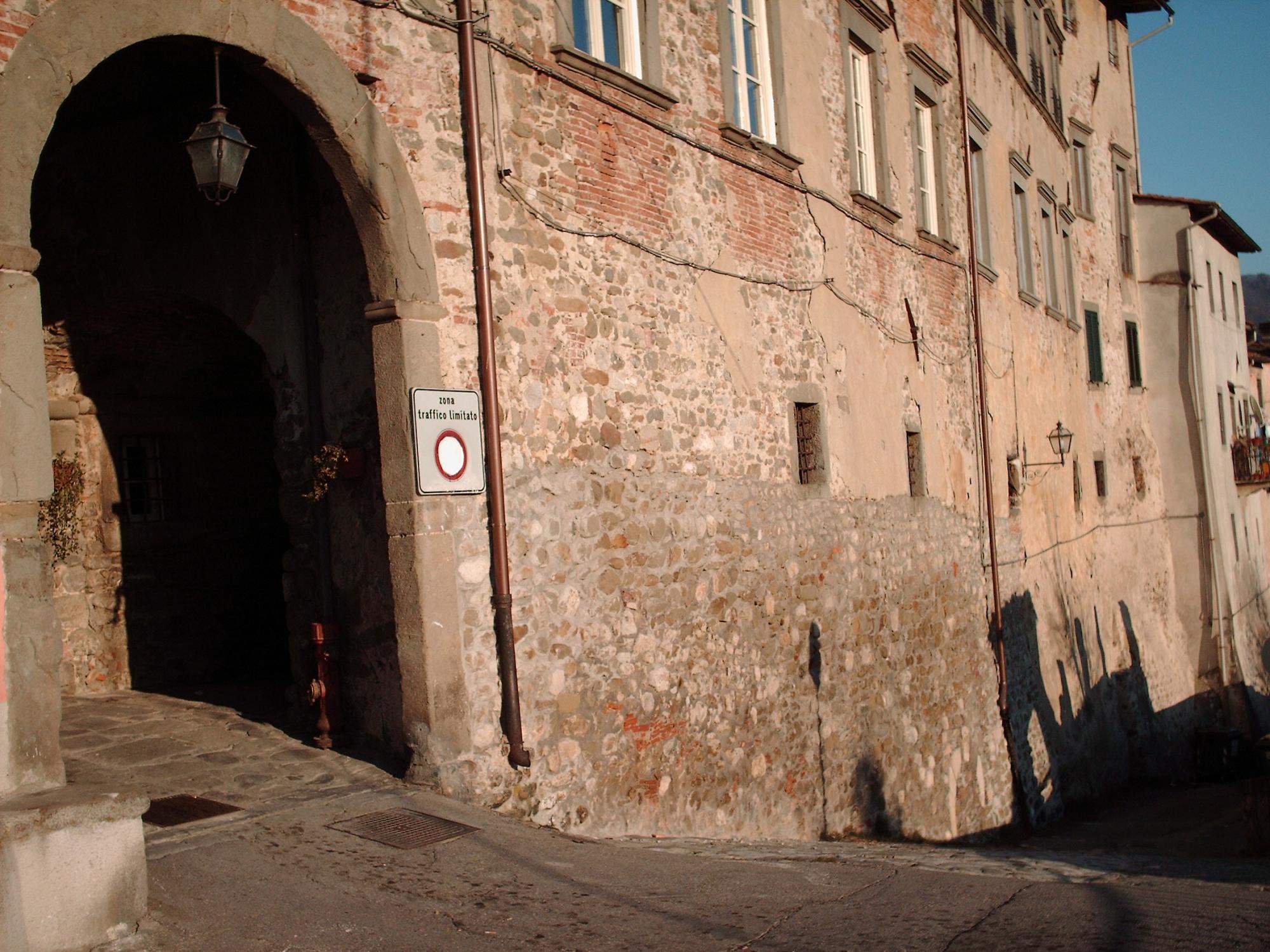
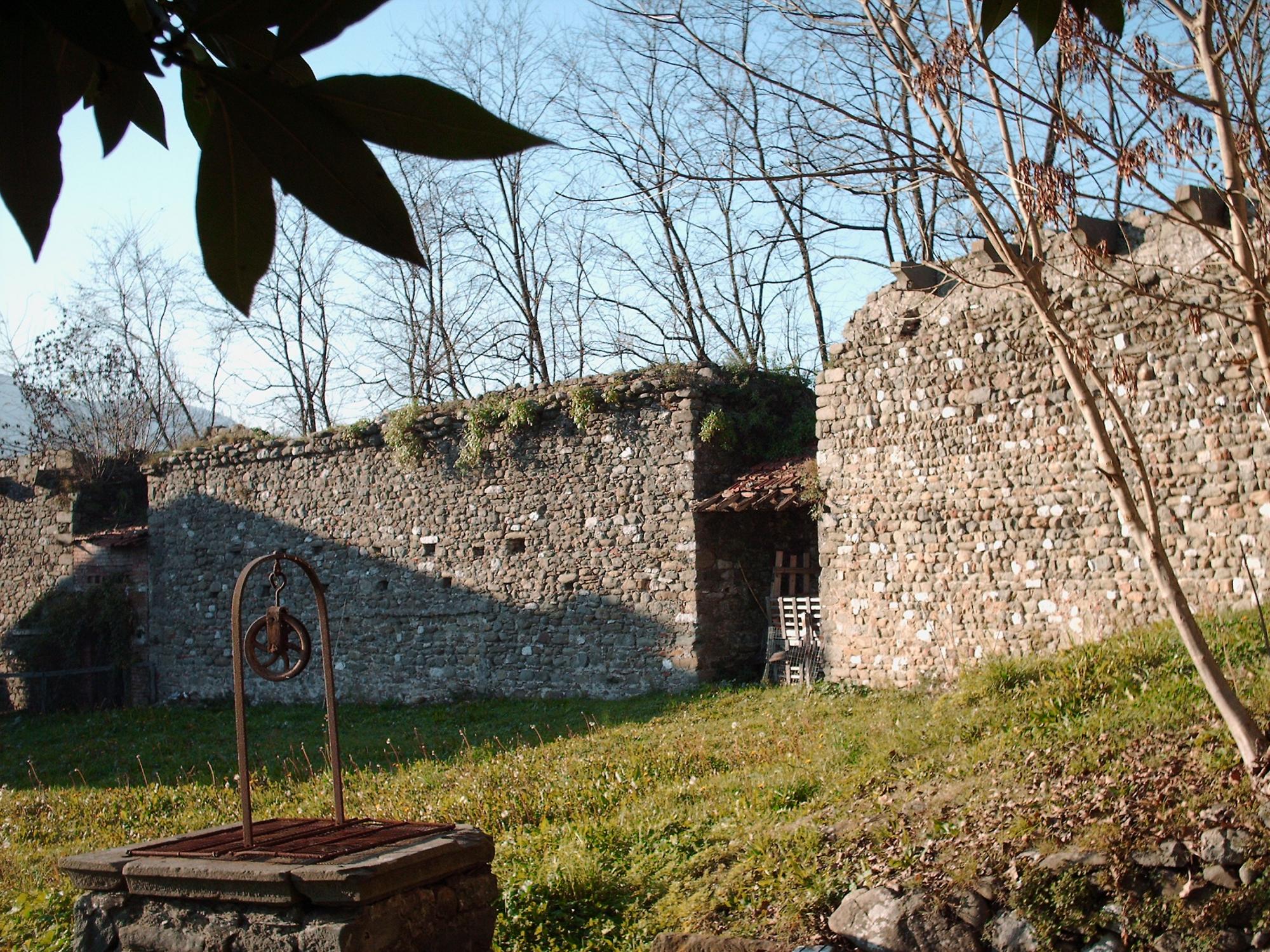
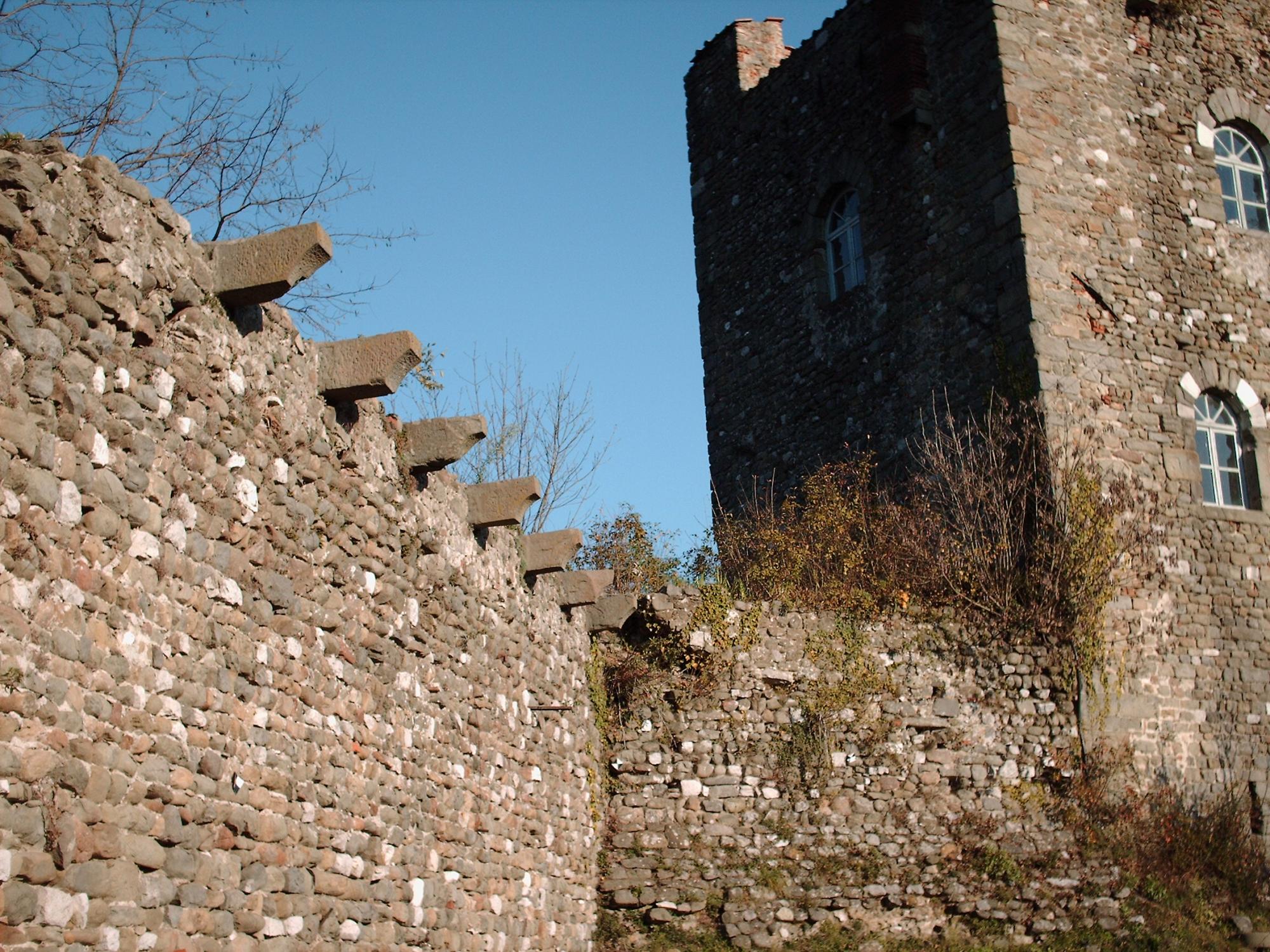
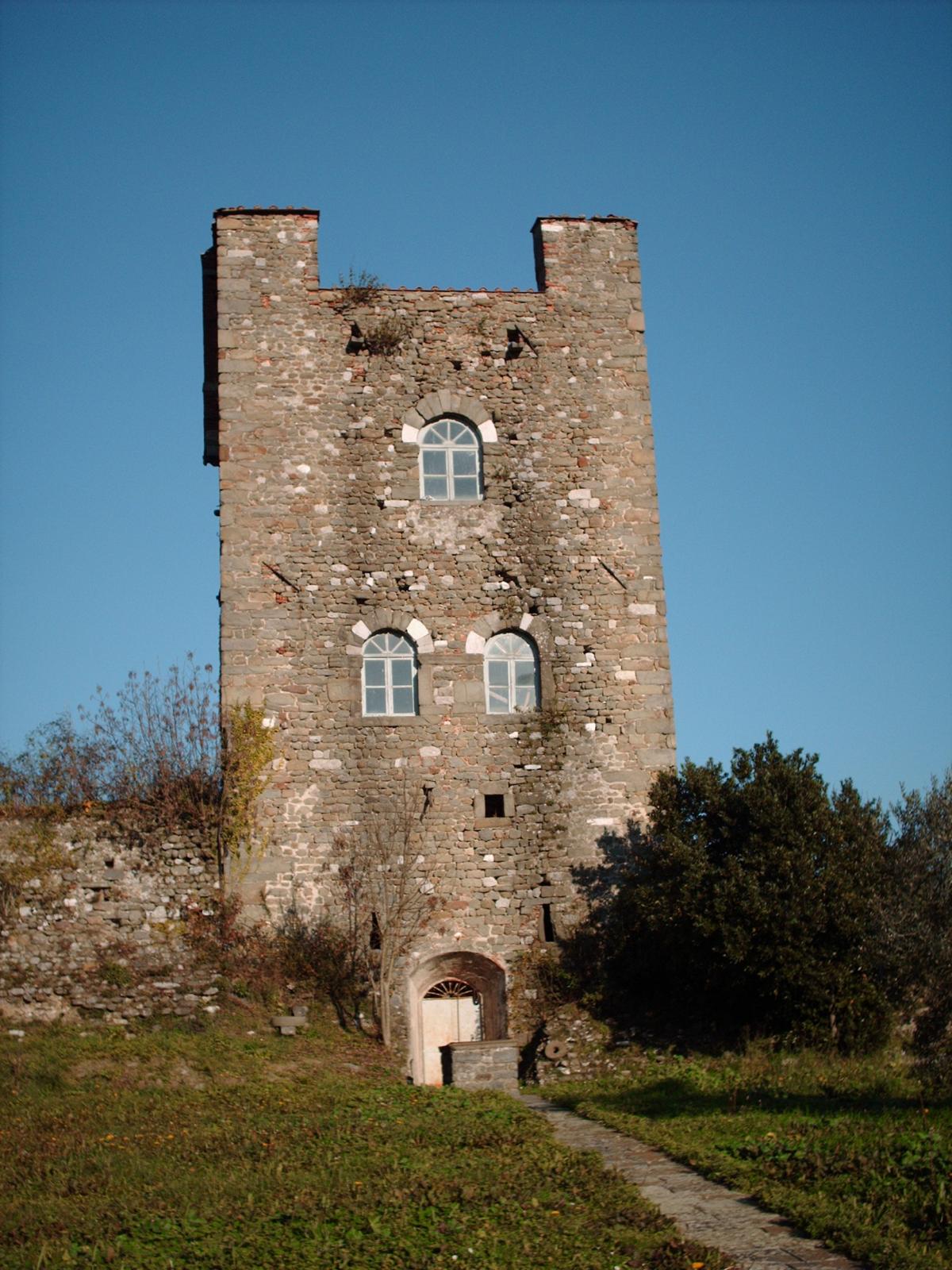
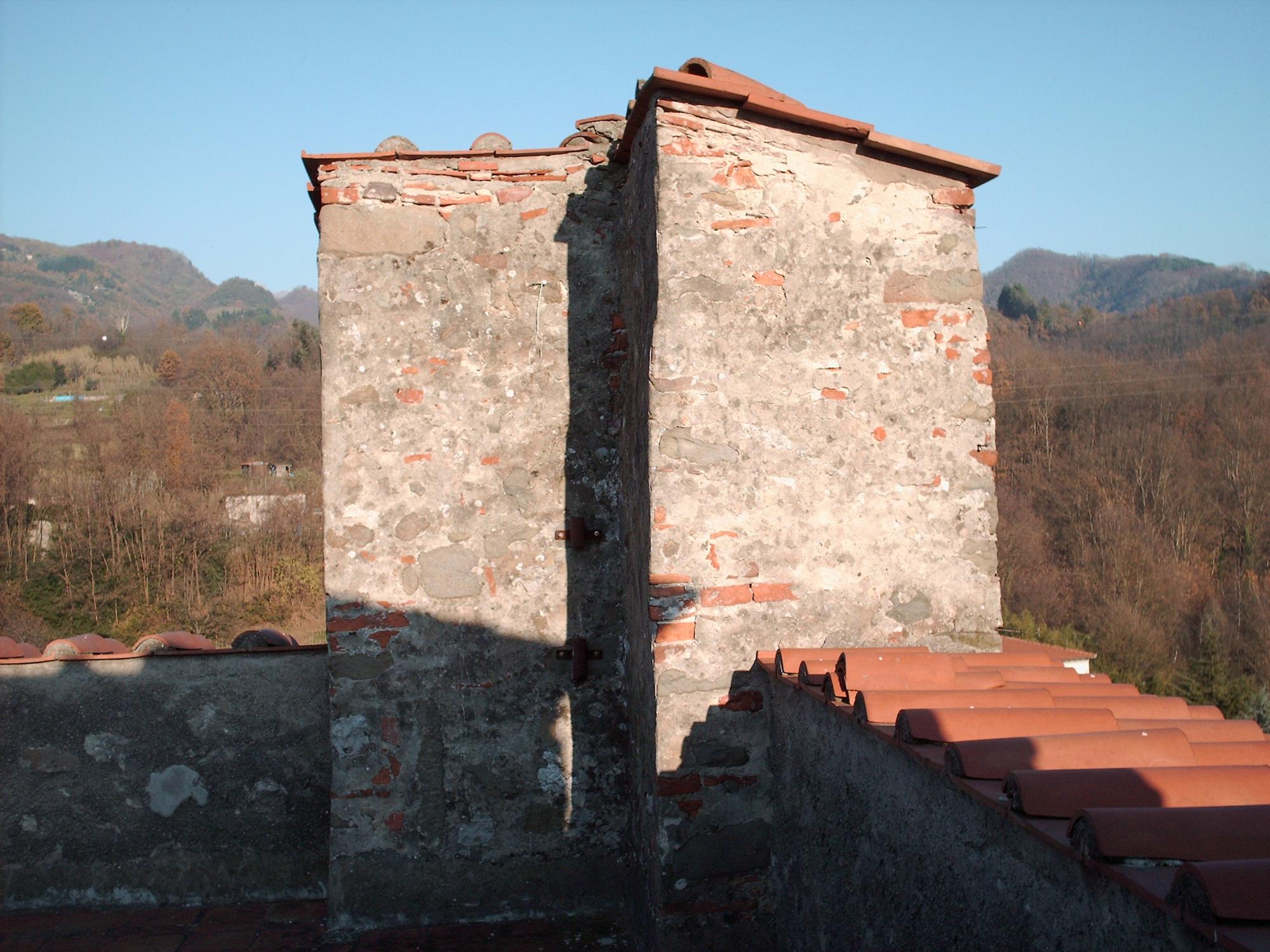












How to reach
Ghivizzano is about 30 km far from Lucca, in the municipality of Coreglia Antelminelli, and it's easily reachable following the road S445 toward 'Abetone'.
History
The origin of the inhabited area of the river Serchio valley dates back to the time of the 'Liguri-Apuani' who were opposed by the Romans in 239 A. C., which advanced from Lucca, and from them came the names of the nearby towns such as Gallicano-Gioviano-Lucignana, in fact even the name Ghivizzano derives from the Latin CLAVIS, meaning 'key', for the strategic position in which it was, so CLA VIS, CLAVIDIANU, CLAVEZZANO and then finally Ghivizzano.
We don't have very precise news about the origin of the town, the only information comes from sales - rent contracts done by the Bishop of Lucca TEUDOGRIMO to the family ROLANDINGHI in the year 983 D.C. with which he gave in fief the parish court of the 'Loppia' and 28 'ville' (towns) among which there was Ghivizzano.
Later the Rolandinghi family, through inheritance, was replaced in the Ghivizzano-Coreglia area by the Bizzarri family and later by the Antelminelli's, who for many years maintained their dominion, not always peacefully. In 1272 Ghivizzano passed under the jurisdiction of Lucca, hence Coreglia became the 'Vicaria (Vicarage) of Garfagnana' made up of 36 towns of which the communes of Borgo a Mozzano, Pescaglia, Fornoli, Monti di Villa and some towns that today are under the commune of Bagni di Lucca.
In 1316 Coreglia, incited by the 'Guelfi di Frignano' (Florentines) supporters of the Pope, rebelled against Castruccio Castracani, new Lord of Lucca, because he had thrown out the Ghibelline Uguccione della Faggioia from Pisa, but he came to Coreglia and after a two months siege was able to take by force the castle.
It is said that the building of the tower was work of Castruccio, but he only restored it, because in 1171 it can be found already mentioned in some manuscripts, where it is written that between 1281 and 1328 '...he built a wall and a palace...' so he built the castle with surrounding walls on every side of which today remains only the western part.
The tower or the 'Guard Tower', 25 mt high, 3 levels with Romanic arch windows, was lived in by Francesco Castracani and was the squires' house with a warehouse and the guards premises on the ground floor, which did not communicate internally with the higher floors. On the first floor the living area, confirmed by the presence of a great fireplace, on the second floor the sleeping area. Probably the squire never entered from the door we can see today, but from a stair or a drawbridge on the right hand side of the tower, after his entrance it would be drawn-up, leaving the tower inaccessible, where as in times of peace it was used as store room for food and ammunition, under the surveillance of the soldiers. In fact the house in front was the so called 'House of the People's Captain' a military barrack that hosted 40 soldiers.
While the castle of Ghivizzano was used for military reasons, the church functions were the duty of the San Antonio Church, later, with the advent of firearms, the military fortifications decreased and towards the end of 1500 Lucca called back their garrisons and let out for rent the castle and buildings to the civil population.
In the meantime the population had increased hence the little San Antonio church was not enough anymore, a request was made to allow use of the church at the castle, built in 1308 and called San Martino, which was first extended in 1777 with a change of name to San Pietro and Paolo, the Romanic imprint was irreversibly lost, signs are visible only along the side of the church starting from the bell tower, and from decorations found in other churches around Lucca. The further extension was done in 1885 as written on the floor where the church was heightened changing the truss roof to a barrel cross vault, where as the bell tower, initially built by Paolo Guinigi in 1400 with only 2 bells, was rebuilt in 1857 at the top, and a 3'd bell was added in 1895.
In the church, the tombs of Giovanna (d. 1336) and Filippo (d.1347), wife and son of Francesco Castracani, cousin of Castruccio Castracani, in reign after his death. On the sides of the high altar, there are 2 paintings dated 1600, restored by the art superintendence, likewise the big painting which can be found on the right hand side of the church, painted by Tiber, restored in 1999, which represents the patrons of the commune of Coreglia; Saint Peter, Saint Leonard, Saint Paul, Saint Lawrence with a grill and a palm.
Coming out of the open gallery we must be said that until 1868, under the floor was the town cemetery, which was moved in to 'Pianezzori', along Gretaglia Road up until 1887, after which it was finally built where it is still in use today, at Camparlese. Coming down the great staircase, built in 1857 we reach the square, where once could be found the water well; here all the villagers came to get water, then we reach the church of San Antonio, firstly named San Matteo, where the octagonal baptismal fountain dated 1400 can be seen, ail around it there are Coats of Arm of the Nuti family, which originated the noble Ghivizzani, this fountain was very important because not ail churches were allowed to baptize. The other 'wall' baptismal fountain is dated 1790.
The palace, adjacent to the church of San Antonio, belonging to Paolo Guinigi, Lord of Lucca from 1400 to 1430, was bought by Monsignor Camilli, Bishop of Fiesole, who was born here and later donated it to the town for civil and religious educational purposes. We then walk into the most characteristic road: 'Via Sossala' meaning Sub-Sala, as per 'under the room', used to walk underground from the castle, along which there are many loopholes used by the crossbow archers during the 'fortress days' of the castle. Whilst the gate was the first entrance to the town, the 'Portello' was opened when in 1810-14 the carriage road from Fomoli to Castelnuovo was built, and Elisa Baiocchi, sister of Napoleon, was in reign. With the growth of the town towards the lower grounds or 'Osteria', called like this because of buildings built for guests passing by, many other constructions were built, among which the 'Sacred Heart' church in 1930.